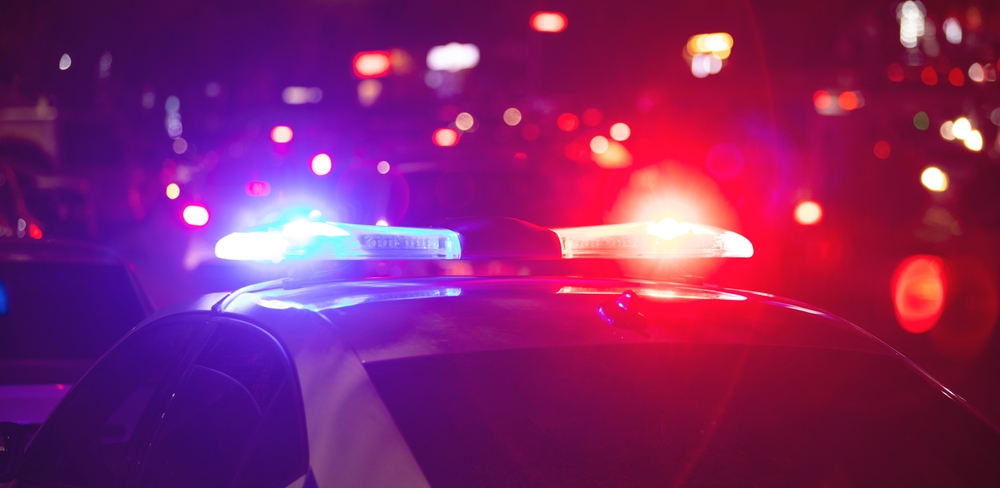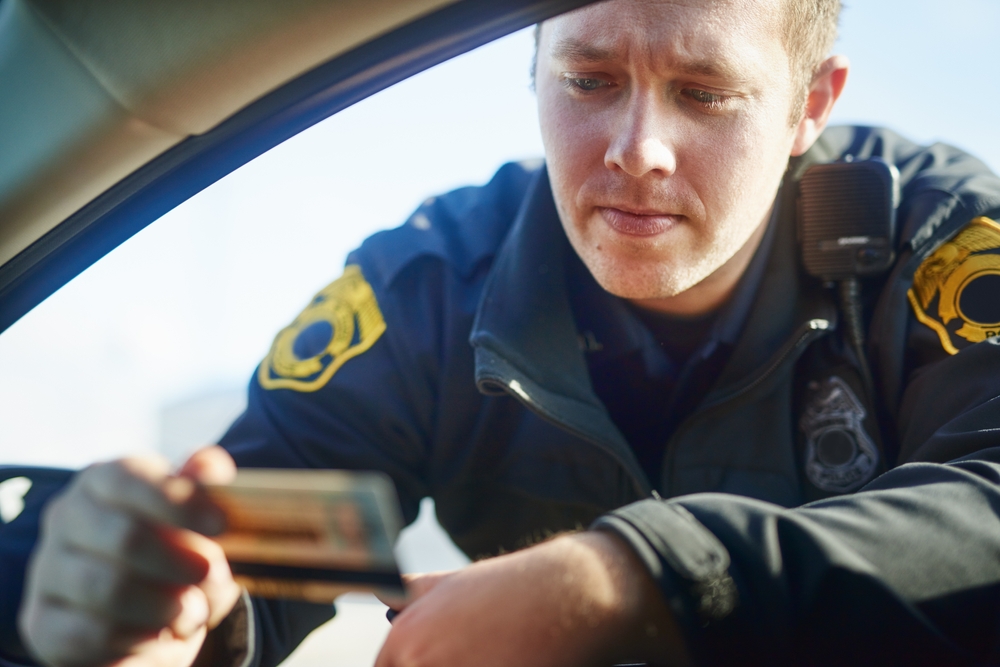There are some things that belong firmly in the past—like rotary phones, powdered wigs, and disco suits. Unfortunately, a few outdated police tactics somehow dodged retirement and still pop up like unwanted reruns of a show nobody asked to reboot. Despite advances in technology, psychology, and common sense, certain old-school strategies remain in circulation, making policing more chaotic than constructive.
From questionable interrogation techniques to high-octane traffic stops, some practices feel less “protect and serve” and more “this should’ve ended with dial-up internet.”
1. The “Good Cop, Bad Cop” Interrogation Routine
You’ve seen it in every cop movie ever made—the classic good cop/bad cop routine. One officer plays the friend, the other plays the bully, and together they’re supposed to break a suspect down into confessing. The problem? Real-life suspects aren’t movie characters, and this outdated psychological ploy often backfires, leading to false confessions rather than real justice. It preys on fear and confusion rather than facts and evidence. In an age where body cameras record every blink, this melodramatic routine feels more like bad improv than effective policing.
2. The “Stop and Frisk” Shortcut
Back in the day, “stop and frisk” was sold as a proactive way to catch criminals before they acted—but history has shown it was more of a blunt instrument than a precise tool. The idea was simple: stop anyone who looks “suspicious,” check for weapons or drugs, and call it crime prevention. In reality, it often turned into widespread profiling and community resentment, eroding public trust faster than it ever reduced crime. Decades later, data and court rulings have exposed just how flawed the practice really was. It’s one of those tactics that should’ve been tossed in the trash along with typewriters and floppy disks.
3. Ticket Quotas Disguised as “Performance Metrics”
Let’s call it what it is—ticket quotas are the participation trophies of policing. Officers are quietly pressured to hit certain numbers each month, as if law enforcement is a sales contest instead of public service. The result? More traffic stops for minor issues, less focus on serious crimes, and citizens who feel like wallets on wheels. It also creates a culture where productivity is measured in citations, not community safety. A good cop’s performance shouldn’t be judged by how many tickets they hand out, but by how effectively they prevent harm and build trust.
4. The “Command and Control” Crowd Response
There was a time when riot shields, rubber bullets, and tear gas were the standard playbook for managing crowds. The logic was simple: dominate the scene and people will comply. The reality? It often makes things worse. Aggressive crowd control escalates tensions instead of diffusing them, turning peaceful protests into chaotic confrontations. Modern policing should focus on communication and de-escalation, not turning public gatherings into war zones. Command and control might have made sense in the 1960s, but today it looks more like an overreaction than an effective strategy.
5. The “Thin Blue Line” Mentality
Once intended as a symbol of solidarity among officers, the “thin blue line” has evolved into something more divisive. The idea that police must always protect their own—even at the expense of accountability—creates a wall between officers and the public they serve. It discourages whistleblowers, undermines transparency, and feeds a dangerous “us versus them” mindset. Communities need police who see themselves as part of the public, not above it. True strength in policing comes from integrity and cooperation, not secrecy and tribal loyalty.
6. The “Shoot First, Question Later” Reflex
This one might be the hardest to talk about—and the most overdue for retirement. High-adrenaline encounters often lead to snap judgments, and some officers are still trained with outdated “officer survival” philosophies that emphasize immediate lethal force. That mindset made sense decades ago, when training and equipment were primitive, but today’s world demands more precision and restraint. Non-lethal tools, mental health response units, and advanced situational training all exist—yet too many departments still rely on fear-based tactics. The badge should stand for courage under pressure, not panic under stress.
Time to Move Forward, Not Look Back
Policing should evolve with the times, just like everything else. Yet these old tactics linger, relics of a rougher era when brute force and fear were considered strategy. Today, we know better—and communities deserve better. Accountability, empathy, and smarter training can replace outdated methods that do more harm than good.
What other policing habits do you think need to retire for good? Share your thoughts, stories, or opinions in the comments below.
You May Also Like…
6 Rooming Situations That Have Turned Into Police Matters
10 Times Local Police Don’t Need a Warrant Anymore
8 Unexpected Items Police Can Seize From a Deceased Person’s Home
6 Tax Laws Changed Without Proper Announcement
How Extended Stay Hotels Track Your Behavior for Law Enforcement Reports


